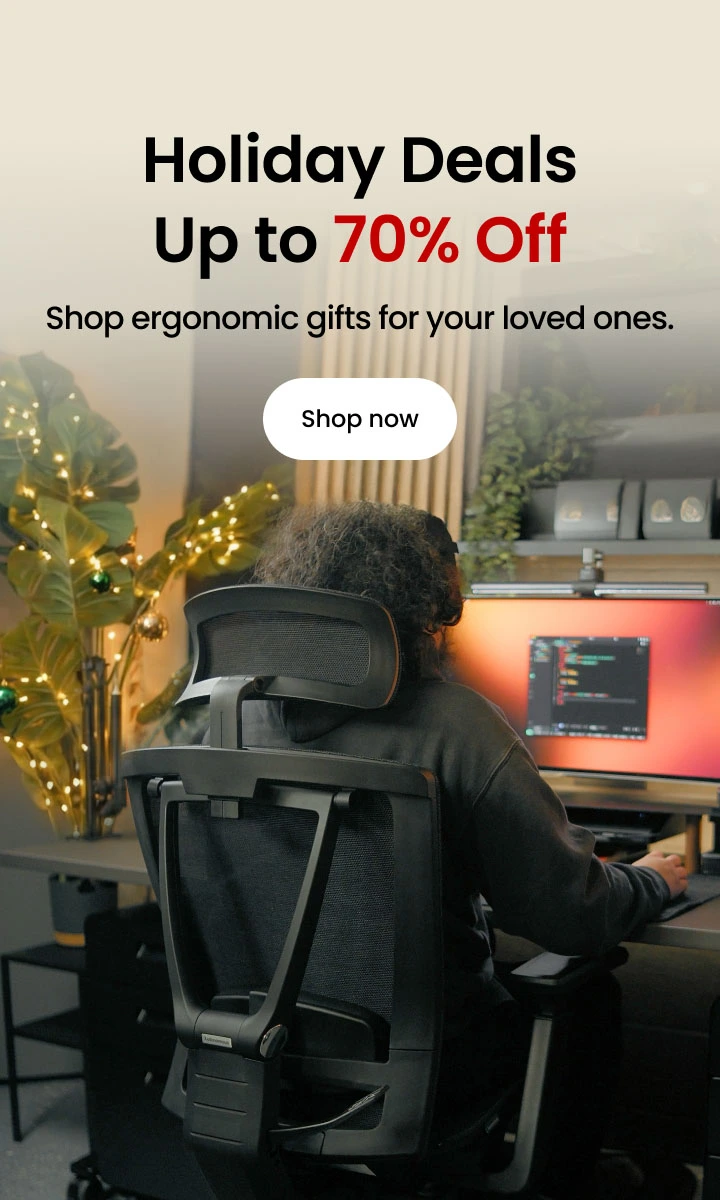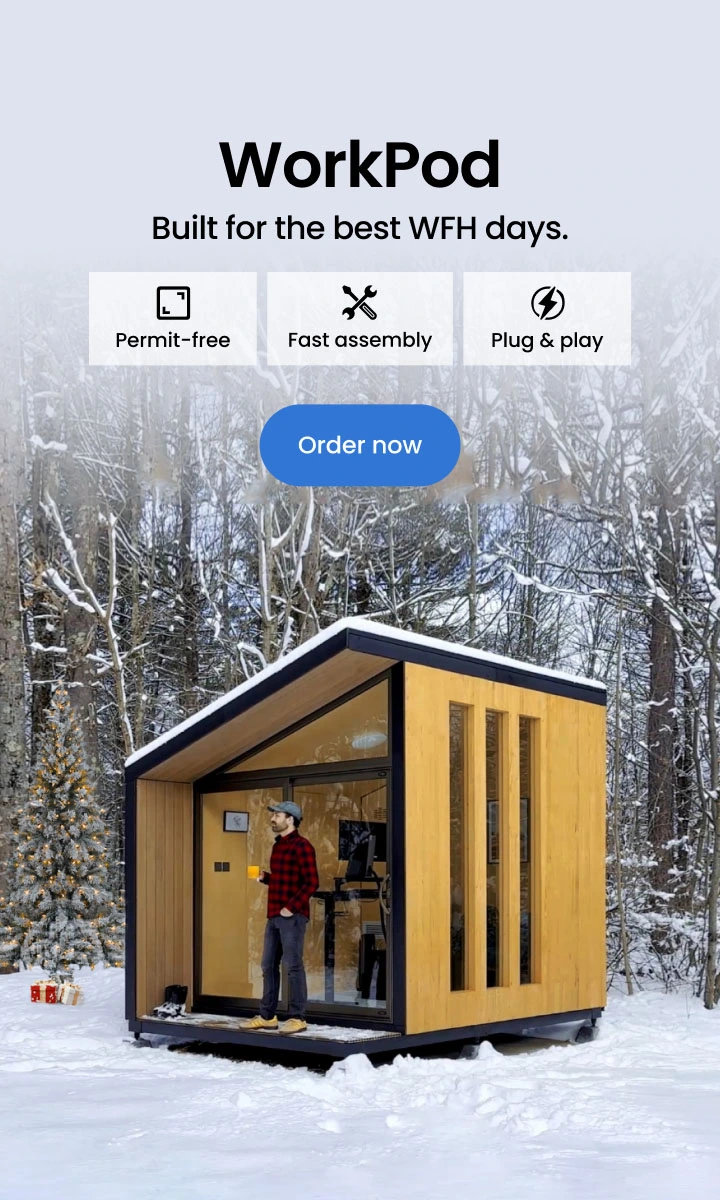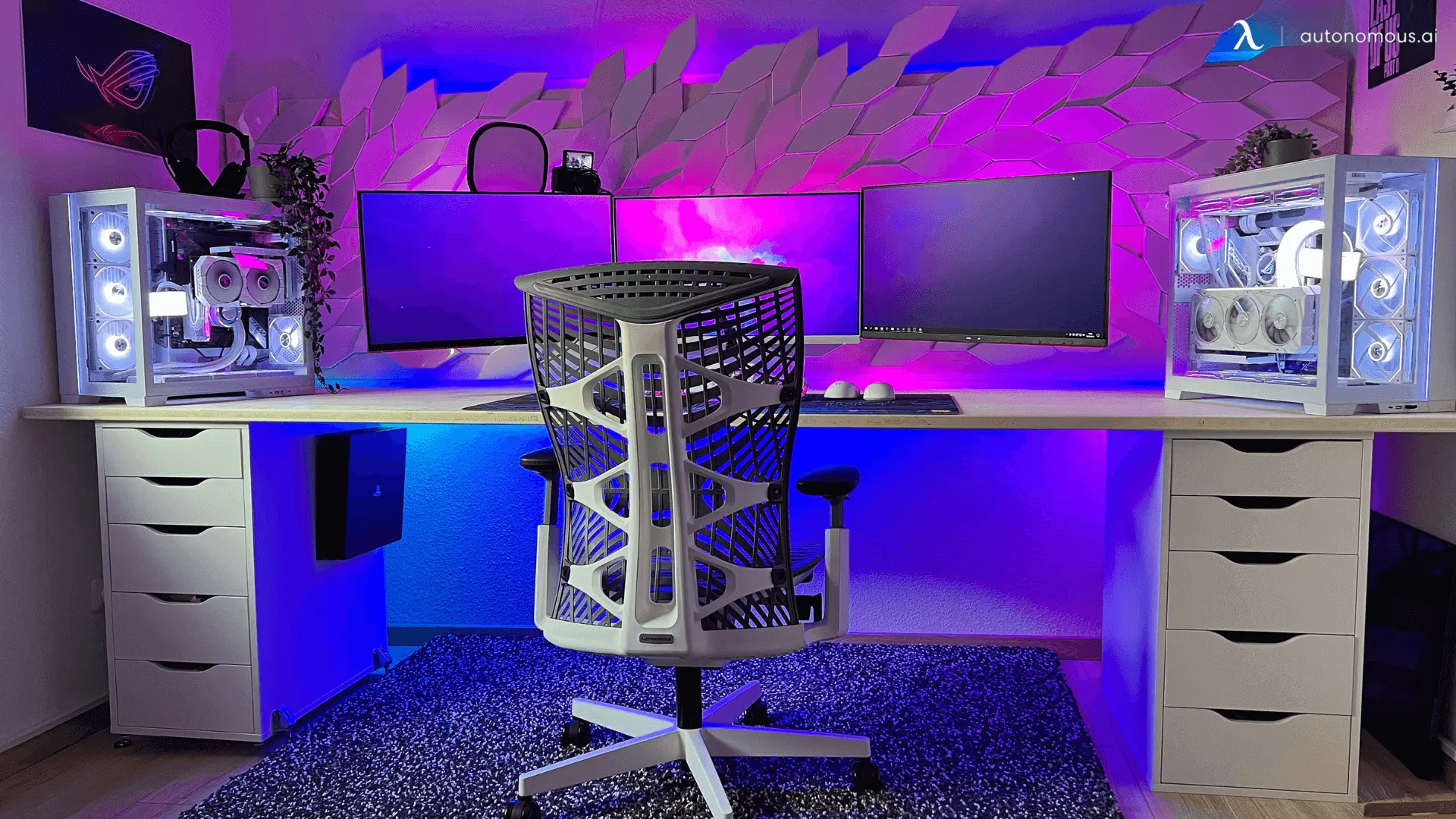
Table of Contents
Ever wondered how much does it cost to build a gaming PC that actually fits your playstyle? The answer isn’t one-size-fits-all. Some gamers build on a tight budget, others go all out for a top-tier gaming PC setup. The good news? You don’t need to spend a fortune to get solid performance.
Whether you’re going for a budget gaming PC build or eyeing the best gaming PC build for 2025, understanding what really drives the cost helps you plan smarter—and game harder. This guide keeps it simple, practical, and easy to follow.
Core Components That Define Your Budget
When figuring out how much does it cost to build a gaming PC, the biggest factor is how you allocate your budget across each part. Every component plays a specific role in performance, and understanding their impact helps you spend smarter.
- CPU (Processor):
The heart of your system, handling everything from game logic to multitasking. Faster processors mean smoother gameplay and better streaming performance, especially in demanding titles.
- GPU (Graphics Card):
The most influential part of any gaming PC build on a budget. It determines your frame rates, visual quality, and how well your PC handles modern games at different resolutions.
- Motherboard:
The foundation that connects every component together. Choosing the right one affects future upgrade options, memory support, and connectivity for accessories.
- RAM (Memory):
Crucial for fast data processing and smooth multitasking. Higher capacity and speed improve game load times, minimize stutter, and support more demanding titles.
- Storage (SSD or HDD):
A fast SSD can significantly reduce boot and loading times. While HDDs offer more space for less, most modern builds prioritize SSDs for overall responsiveness.
- PSU (Power Supply Unit):
Delivers stable power to your components. A reliable PSU protects your system and ensures consistent performance, especially with power-hungry GPUs.
- Cooler:
Keeps your system from overheating, allowing components to run at their best. Depending on your build, you can go with stock air coolers or invest in liquid cooling for quieter, cooler operation.
- PC Case:
Beyond looks, a well-designed case improves airflow, cable management, and upgrade flexibility. It also influences how easy your step by step gaming PC build will be.
These components shape the total cost, and how you prioritize them will determine whether you end up with a good gaming PC build or a performance beast.
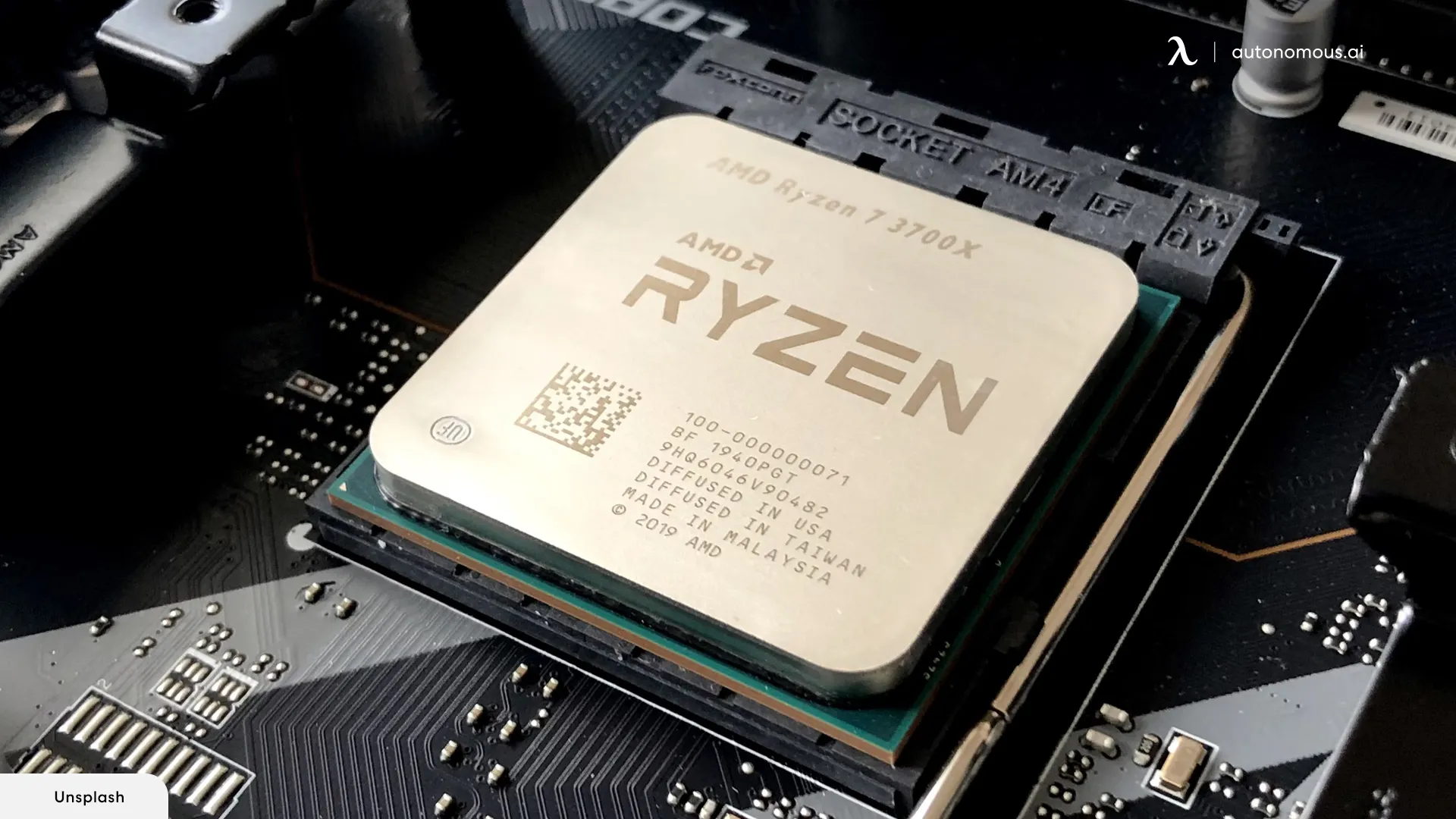
How Much It Costs To Build A Gaming PC
One of the first questions most people ask is how much does it cost to build a gaming PC—and the honest answer is, it depends on how far you want to go. Some gamers just need a reliable starter rig to run their favorite titles, while others want ultra-smooth 4K performance. Your budget sets the tone for everything: performance, upgrade options, and the overall feel of your gaming desk setup.
Below is a quick price tier comparison that gives you a clear snapshot of what to expect at each level without locking into specific parts. It’s a simple way to match your budget to your gaming goals.
Budget Tier | Estimated Cost Range | Performance Level | Ideal For | Typical Resolution |
Entry-Level | A few hundred dollars | Smooth gameplay at low–medium settings | Casual gamers, beginners, lightweight setups | 1080p |
Mid-Range | Mid-hundreds to around 1K | Balanced performance, great value | Most gamers, upgrade flexibility | 1080p to light 1440p |
Upper Mid-Tier | Low–mid thousands | Competitive, high frame rates | Serious gamers, streamers | 1440p |
High-End | Upper thousands and beyond | Ultra performance, premium experience | Enthusiasts, creators, multi-display setups | 1440p ultra to 4K |
Pro Tip: Your CPU and GPU usually account for the largest share of your budget, while components like the case, PSU, and cooler give you more room to adjust depending on priorities.
By starting with a clear budget tier, you can plan a gaming PC build on a budget that fits your goals without overspending or underestimating what you need.
1. Entry-Level Range (Budget-Friendly)
A budget gaming PC build focuses on making smart choices to stretch your dollar while still getting a setup that plays modern games smoothly. You’re not chasing ultra settings here—but you’re setting a strong foundation to build on later.
- CPU: A 4–6 core processor with solid single-core performance. This keeps everyday gameplay responsive and reliable, especially for esports and less demanding titles. Chips in this range often come with a stock cooler, so you can save a bit upfront.
- GPU: A beginner-friendly graphics card that can comfortably handle 1080p gaming at low to medium settings. It won’t max out every game, but it delivers playable frame rates without throttling performance.
- Motherboard: A basic B-series board with just enough connectivity and expansion options. It gives you what you need without unnecessary features that drive up cost.
- RAM: 16GB of DDR4 memory. At this level, it’s the sweet spot for smooth performance across most games and prevents stuttering in background processes.
- Storage: A 500GB–1TB NVMe SSD. This gives fast boot and load times, which can make even an entry-level system feel more responsive.
- PSU: A 500W–600W 80+ Bronze unit. This keeps your system stable without overspending on wattage you won’t fully use yet.
- Cooling: A stock air cooler is more than enough for this tier, especially with efficient low- to mid-range CPUs.
- Case: A simple, airflow-focused mid-tower or compact case. It doesn’t need to be flashy, but solid ventilation matters more than looks here.
Even at this tier, a thoughtful desk layout can make a big difference. For example, a vertical dual monitor setup is a practical way to maximize space and productivity without driving up the cost of your build.

2. Mid-Range Build (Sweet Spot for Most Gamers)
This is the performance tier where gaming actually starts to feel “buttery smooth.” You’re not just aiming to run games—you’re aiming to run them well, with better frame rates, fewer compromises, and a bit more upgrade flexibility.
- CPU: A 6–8 core processor with strong multi-threading. This gives a noticeable bump in performance, especially for modern AAA titles and light streaming.
- GPU: A mid-range graphics card that comfortably supports high settings at 1080p and dips its toes into 1440p. This is where gameplay starts to look and feel premium without breaking your budget.
- Motherboard: A B or Z-series board with more robust power delivery and expansion options. This is where better VRMs, extra M.2 slots, and improved connectivity make a real difference.
- RAM: 16GB or 32GB of DDR4, depending on how far you want to stretch your build. It gives you breathing room for multitasking, streaming, or running heavier games.
- Storage: A 1TB NVMe SSD should be standard at this level. Faster load times across all your games make the entire experience more seamless.
- PSU: A 600W–700W 80+ Bronze or Gold power supply. This ensures your system stays stable, especially with more demanding GPUs.
- Cooling: Upgrading to a better air cooler or a basic AIO can help maintain lower temps and quieter operation under load.
- Case: A mid-tower with good cable management and airflow. This is where gamers often add personal touches—like RGB or better cable routing.
At this tier, many players also enhance their setup with ergonomic layouts or visual upgrades, like a dual curved monitor setup, which can make gameplay and multitasking feel more immersive without requiring a full high-end build.
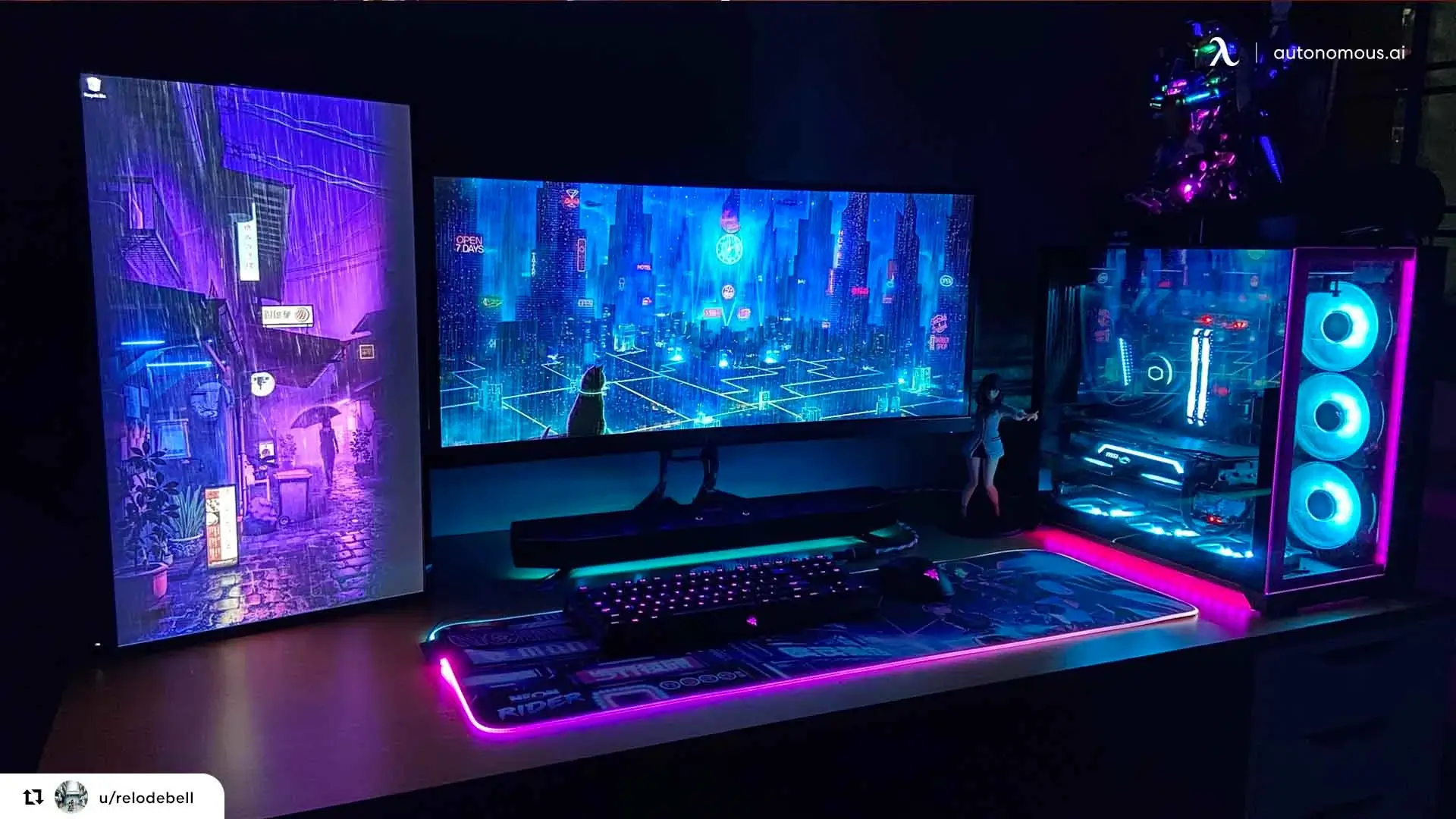
3. Upper Mid-Tier Build (Competitive Performance)
Here, performance starts getting serious. This tier is built for players who care about high frame rates, smooth streaming, and long-term upgrade potential. It’s the kind of gaming PC built for a $1000 setup that feels fast today and stays relevant for years.
- CPU: An 8–12 core processor with excellent multi-threaded performance. Perfect for competitive titles, heavier workloads, or running games and multiple apps simultaneously.
- GPU: A strong upper mid-range card that can handle 1440p ultra settings and even dabble in 4K with smart tuning. This is where visuals and performance really meet.
- Motherboard: A Z-series board with solid VRMs, PCIe 5.0 support (on newer models), and room for future upgrades. Overclocking potential also becomes more meaningful here.
- RAM: 32GB of DDR5 or high-speed DDR4. The extra speed and capacity provide headroom for streaming, editing, or multitasking without slowing down gameplay.
- Storage: At least 1TB–2TB of NVMe Gen4 SSD. Games are getting larger, and load times get drastically better at this speed tier.
- PSU: A 750W 80+ Gold-rated unit, giving enough reliable power for stronger GPUs and leaving room for future upgrades.
- Cooling: High-end air coolers or a 240mm AIO to keep temperatures stable under heavy loads. This is especially helpful for longer gaming sessions.
- Case: A mid- or full-tower with excellent airflow and expansion support. Builders in this tier often invest in better cable management and clean aesthetics.

4. High-End Build (Enthusiast Level)
This is where the gloves come off. A best gaming PC build for 2025 at this level is designed to crush any modern title at ultra settings, deliver buttery-smooth frame rates, and look like a showpiece while doing it.
- CPU: A top-tier processor like a Ryzen 7, Ryzen 9, or Intel Core i7/i9. These best gaming CPUs excel at everything—4K gaming, streaming, editing, and multitasking without breaking a sweat.
- GPU: A flagship graphics card capable of running 1440p ultra or 4K with ease. Ray tracing, max settings, and high refresh rates are all on the table here.
- Motherboard: Premium X or Z-series board with robust VRMs, high-speed PCIe lanes, and advanced connectivity (Wi-Fi 6E, Thunderbolt, USB-C).
- RAM: 32GB or more of DDR5 with high clock speeds and low latency. This ensures no bottlenecks in performance-heavy titles or multitasking.
- Storage: A minimum of 2TB NVMe Gen4 or Gen5 SSD. At this level, fast storage isn’t a luxury—it’s the standard.
- PSU: An 850W–1000W 80+ Gold or Platinum PSU for clean, stable power delivery. Plenty of headroom for top GPUs and future upgrades.
- Cooling: A high-end 360mm AIO or custom loop cooling. Better thermals mean higher sustained performance and a quieter system overall.
- Case: A premium mid- or full-tower with exceptional airflow, modular design, and clean aesthetics. This is where function and style come together seamlessly.
Many gamers at this level go beyond just power—they fine-tune their gaming station to match their rig. A stacked dual monitor setup, for example, can maximize screen real estate for streaming, editing, or managing multiple applications without compromising the main gaming view.
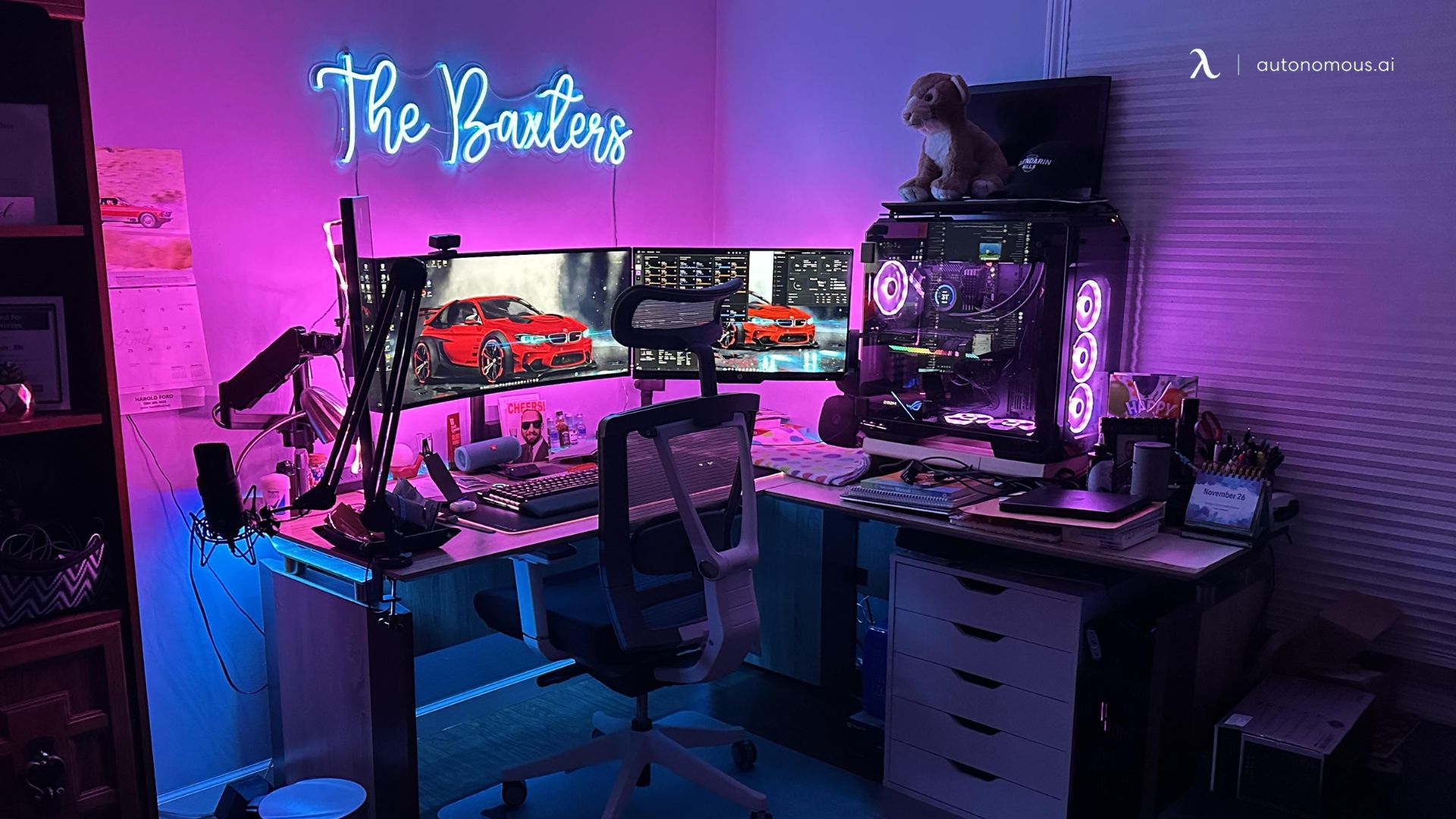
What Really Affects The Final Cost
When figuring out how much does it cost to build a gaming PC, the parts list is just one side of the equation. What really moves the price up or down is how you approach performance goals, timing, and upgrade flexibility. Two builds with the same budget can end up looking completely different depending on the choices behind them.
- Resolution and Performance Goals:
Playing at 1080p is a very different world from pushing ultra settings at 4K. A budget gaming PC build can easily handle lighter games at 1080p, but higher resolutions demand stronger (and more expensive) GPUs and CPUs. Your performance target is often the biggest factor in setting your total budget.
- Component Tiers and Brand Premiums:
A mid-range GPU can deliver solid frame rates, but moving up to premium cards means paying for extra performance headroom and better cooling. The same goes for CPUs, motherboards, and even RAM. If you’re planning a good gaming PC build that can last, spending a little more on the right components can pay off in the long run.
- New vs. Used Parts:
If you’re going for a gaming PC built on a budget, mixing in used gaming PC or refurbished parts can help save a lot without sacrificing too much performance. GPUs and cases are the most common components to buy used, while storage and PSUs are usually best kept new.
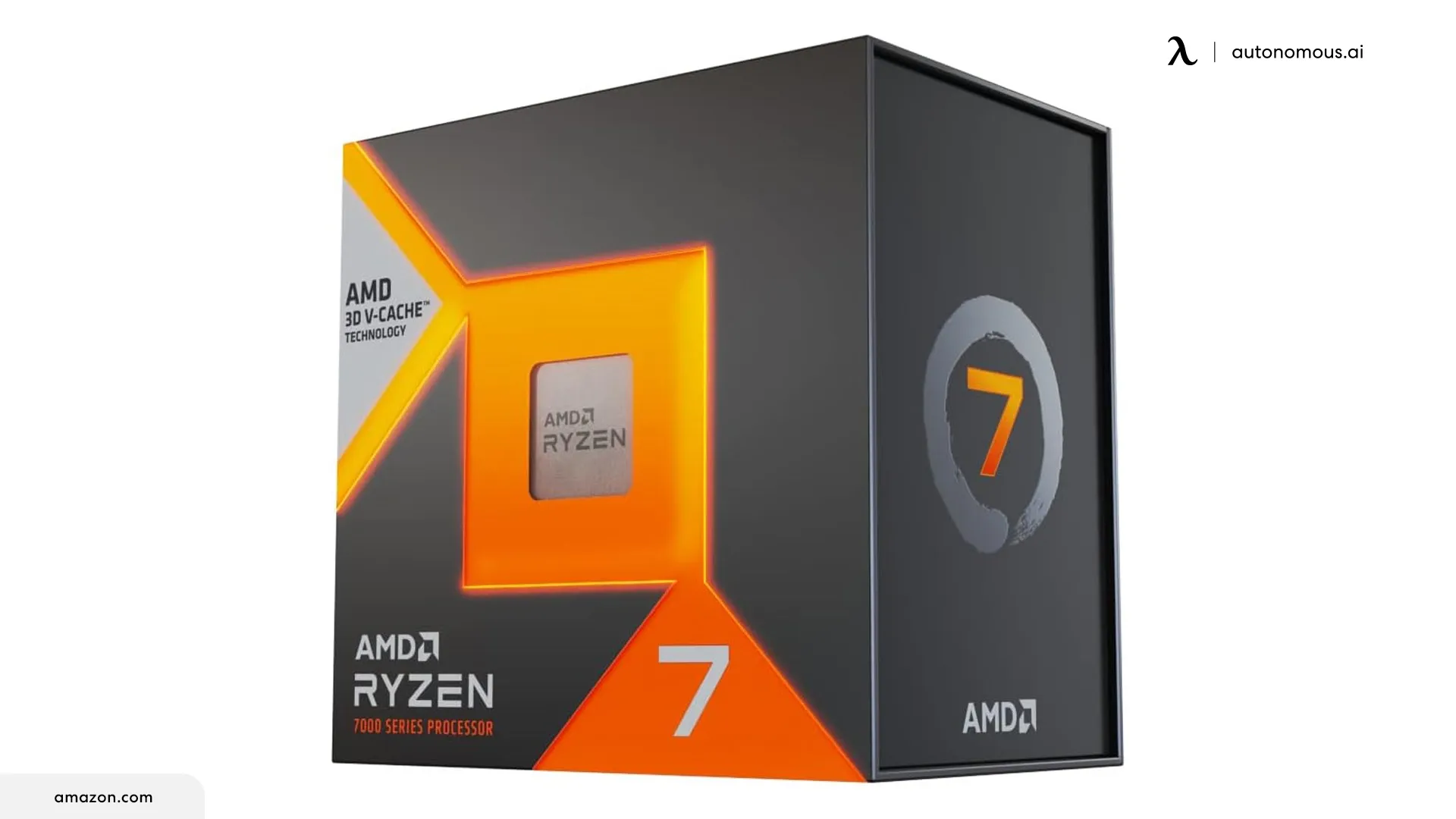
- Upgrade Path and Future-Proofing:
A smart build isn’t just about what works now—it’s about how long it’ll stay relevant. Choosing a motherboard with extra slots or a PSU with some headroom makes upgrades easier and cheaper later. This is especially true for builders aiming for the best gaming PC build for 2025.
- Timing and Availability:
Component prices can fluctuate fast. Launch cycles, seasonal sales, and limited stock can push your budget up or down. Building your PC during big sale periods can help you squeeze more performance out of the same budget.
- Aesthetic and Add-Ons:
While not directly tied to performance, things like RGB lighting, custom cables, or high-end cases can add up. It’s easy to underestimate how these extras affect the final bill, especially if you’re aiming for a clean, showcase-style setup.
Understanding these factors helps you control costs strategically instead of guessing. Whether you’re building your first rig or upgrading to a more powerful ergonomic dual monitor setup, a clear plan can turn a step by step gaming PC build into something far more efficient and rewarding.
Bonus Costs People Often Forget About
When estimating how much it costs to build a gaming PC, most people focus entirely on the internal components. But there’s a whole set of extra costs that can sneak up on you if you don’t plan for them. These don’t always make or break your build, but they can seriously shift your final budget—especially if you want a complete, ready-to-play setup.
- Monitors and Display Setup:
A powerful GPU doesn’t mean much without the right display. A basic 1080p monitor might fit a budget gaming PC build, but if you’re aiming for higher refresh rates or 4K visuals, expect to invest more. Dual-monitor setups are also common for streamers or multitaskers, and that means additional cost.
- Keyboard, Mouse, and Peripherals:
Quality peripherals can improve both comfort and reaction time in competitive games. Mechanical keyboards, lightweight gaming mice, or wireless gaming PC accessories may not be “must-haves,” but they’re upgrades most players eventually make.
- Desk and Chair:
This might not seem like a gaming expense at first, but a good gaming PC build deserves a comfortable, ergonomic gaming setup. A solid gaming desk and supportive ergonomic chair can make long gaming sessions more enjoyable—and healthier for your posture.
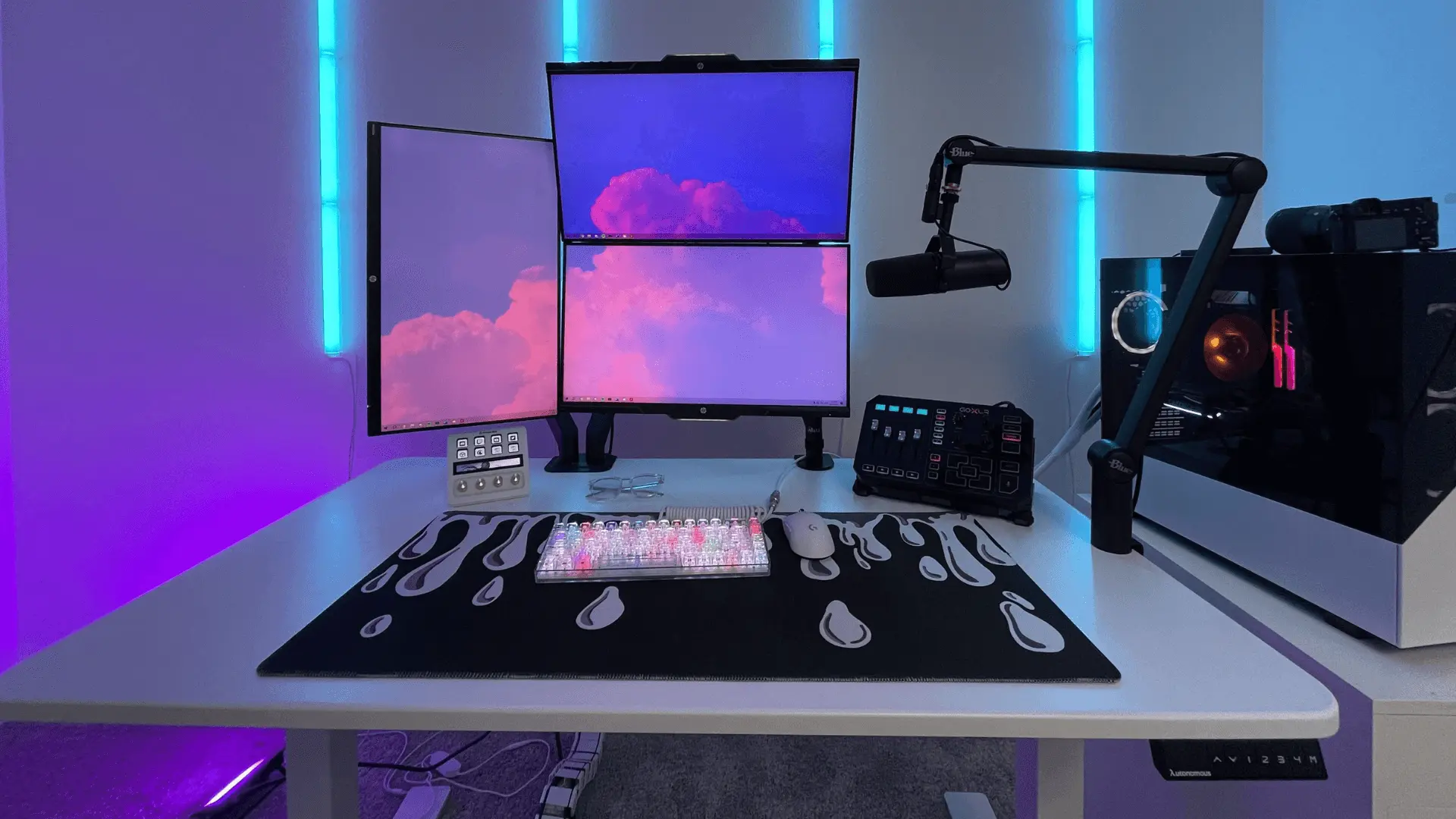
- Cables, Surge Protectors, and Accessories:
Cable management kits, power strips, or surge protectors don’t cost much individually, but they add up fast. They’re also essential for keeping your step by step gaming PC build safe, clean, and organized.
- Cooling Upgrades and Aesthetic Add-ons:
Extra fans, RGB lighting kits, or aftermarket coolers can make a big difference in both temperature control and how your build looks. These aren’t required, but once you start customizing, they can quietly stack onto your total cost.
A clear understanding of these hidden or secondary costs helps prevent surprises later. A smooth and satisfying gaming PC build on a budget isn’t just about picking the right CPU or GPU—it’s about preparing for the full ecosystem around your setup.
FAQs
1. Is it cheaper to build my own gaming PC?
Yes. In most cases, building your own PC is cheaper than buying a prebuilt system. With a gaming PC built on a budget, you can avoid paying for assembly fees, bundled software, or components you don’t need. More importantly, building your own rig gives you full control over part selection, allowing you to get more performance for the same price.
2. Is $1000 dollars a lot for a gaming PC?
A $1,000 budget is considered a strong mid-range tier for gaming. With that amount, you can build a good gaming PC build capable of running modern games at 1080p and 1440p on high to ultra settings. It’s also enough to include quality components that won’t need replacing right away.
3. How many fps can a $700 dollars PC run?
A well-balanced $700 gaming PC build on a budget typically delivers 60–100 FPS at 1080p, depending on the game and settings. Esports titles like Valorant, CS2, or Fortnite can easily push higher frame rates, while more demanding AAA games may require tuning settings down to maintain smooth performance.
4. What GPU for $1000 dollars build?
For a gaming PC built for 1000 dollars, a mid-to-upper mid-tier GPU like the RTX 4070, RX 7800 XT, or RTX 4060 Ti is ideal. These cards handle 1080p and 1440p gaming with ease, offering high frame rates and good ray tracing support. Pairing a capable GPU with a strong CPU ensures balanced performance across different genres.
5. Can I build a gaming PC step by step over time?
Yes. A step by step gaming PC build is a smart way to spread out costs. Many gamers start with the core components—motherboard, CPU, PSU—and upgrade their GPU, RAM, or storage later. This approach allows you to prioritize performance where it matters most and keep your build flexible.
6. What is the most expensive component in a gaming PC build?
The GPU (graphics card) is typically the most expensive part of a gaming PC. High-performance GPUs can account for nearly half of your total budget. CPUs are the second biggest cost driver, while RAM, PSU, and storage give you more flexibility in price and features.
7. How much does it cost to build a gaming PC that can run modern games smoothly?
For smooth 1080p gameplay, most gamers spend around the mid-hundreds, which covers a solid 6–8 core CPU, a mid-tier GPU, and an SSD. If you’re targeting 1440p or higher frame rates, expect to spend closer to the upper hundreds or around the thousand-dollar mark. This tier offers excellent balance between cost, performance, and future upgrade potential.
8. What is the absolute best build for a gaming PC?
The best build depends on your gaming goals. A top-tier setup typically includes a flagship GPU (like an RTX 4090 or RX 7900 XTX), a high-end CPU (such as Ryzen 9 or Intel Core i9), 32GB or more of DDR5 RAM, and a fast Gen5 SSD. Paired with a reliable PSU and strong cooling, this kind of best gaming PC build 2025 delivers ultra performance at 1440p and 4K resolutions.
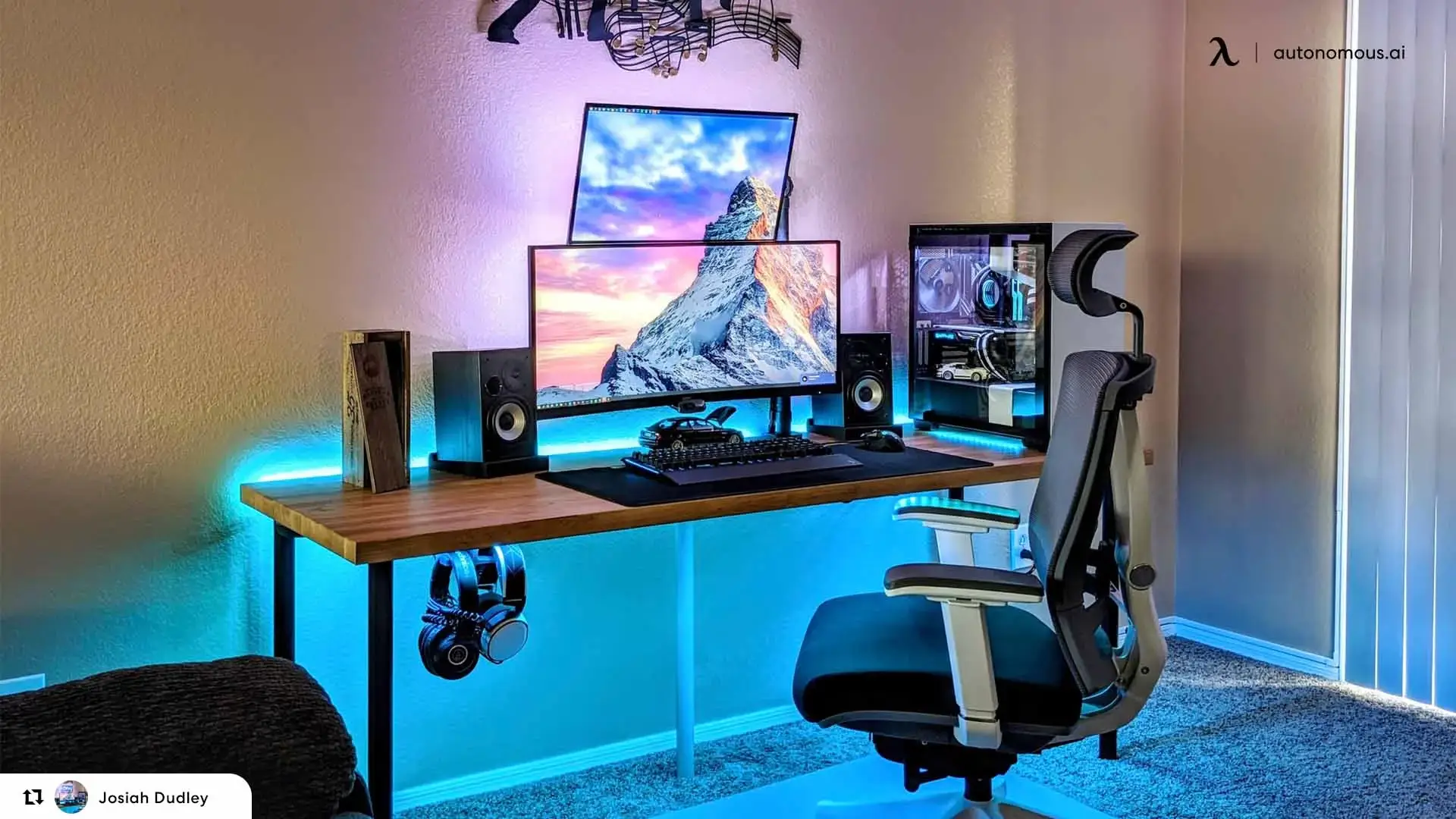
Conclusion
Building your own gaming setup isn’t just about performance—it’s about making smart choices that match your goals and your wallet. Whether you’re going for a budget gaming PC build or planning the best gaming PC build 2025, the key is understanding where to invest and where to save.
But a great gaming experience doesn’t end inside the case. The gaming furniture you choose shapes how comfortable and immersive your setup feels, especially during long sessions. Pairing your rig with a comfortable gaming chair can help reduce fatigue, while well-placed office accessories can elevate both comfort and functionality.
The best part is that there’s no single “right” build. You can assemble your rig step by step, upgrade over time, and make it truly yours. With a clear understanding of how much it costs to build a gaming PC, you can build a setup that doesn’t just meet your expectations—it grows with them.
Spread the word
.svg)


